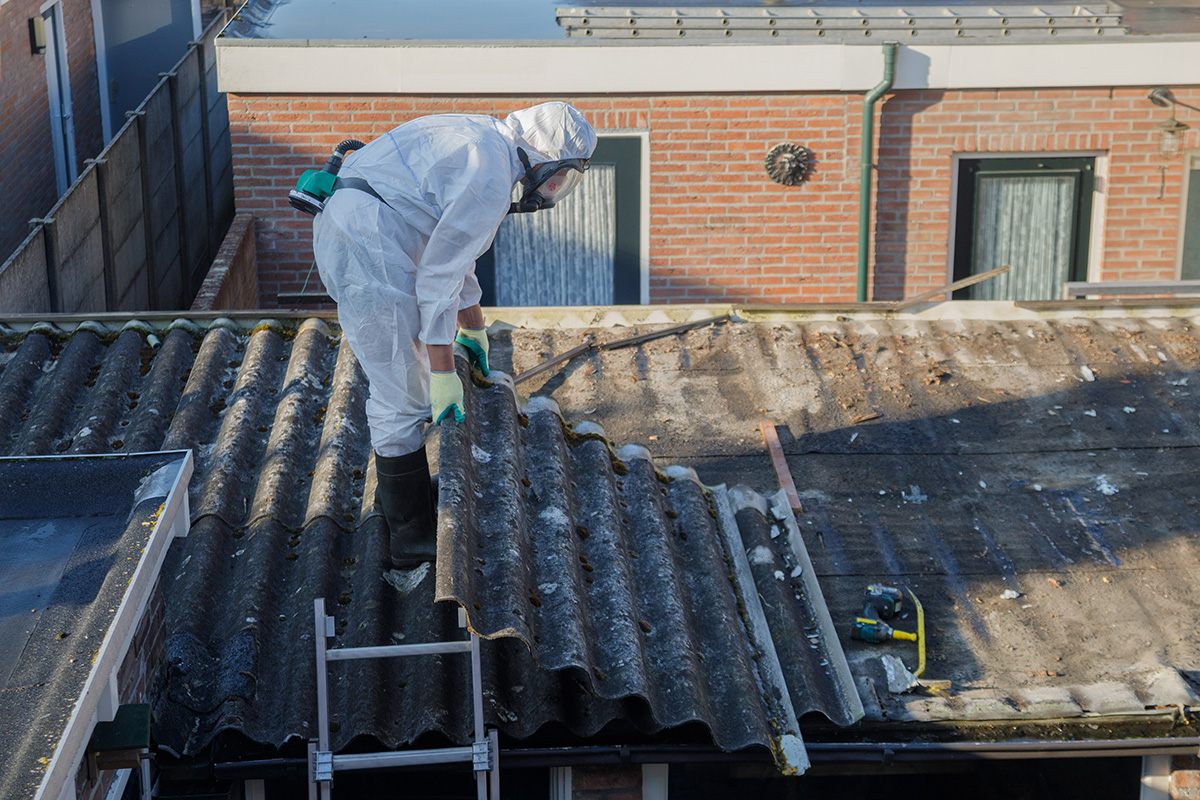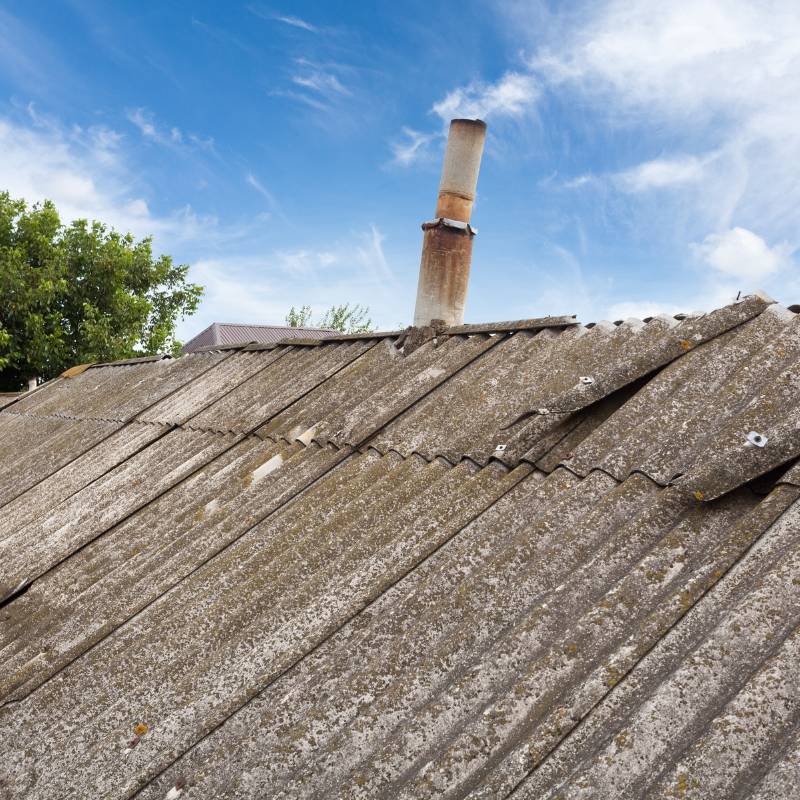Asbestos Roof Removal Case Studies Sydney Asbestos Storm Damage Services
Asbestos Roof Removal Case Studies Sydney Asbestos Storm Damage Services
Blog Article
Local Regulations For Asbestos Handling What To Do If You Find Asbestos
Asbestos risk assessment is a critical process in making certain the safety and health of people doubtlessly uncovered to asbestos. Asbestos, a naturally occurring mineral fiber, was broadly utilized in construction and insulation materials due to its fire-resistant properties and strength. However, its inhalation can lead to severe health points, together with lung cancer and asbestosis.
The key element of an asbestos risk assessment is identifying areas where asbestos could be current. Common areas embrace older buildings, faculties, and industrial amenities, many of which have been constructed earlier than the widespread regulations on asbestos use came into effect. Identifying materials that will include asbestos is important to determine the extent of risk.
When conducting an asbestos risk assessment, it's important to understand the types of materials that typically contain asbestos. These can embrace insulation, roofing shingles, flooring tiles, and textured paint. All of those materials pose significant risks if they are friable, that means they can be easily crumbled or pulverized into mud.
Community Initiatives For Safe Asbestos Removal Cost Guide For Asbestos Removal

Visual inspections are a vital first step in assessing the potential risk of asbestos exposure. Trained professionals search for visible signs of asbestos-containing materials. However, visual inspections alone are often insufficient. Air monitoring and sampling could additionally be essential to substantiate the presence of asbestos fibers.
After figuring out potential asbestos-containing materials, the next step includes evaluating the situation of those materials. If they're intact and undisturbed, the risk could also be decrease. However, broken materials requiring repair or removal pose a higher risk and should be dealt with promptly.
An accurate risk assessment will also contemplate the frequency and period of exposure. Individuals who work in or close to areas with potential asbestos risk must be particularly vigilant. Understanding how often and for how long exposure might occur is critical in evaluating the extent of the danger.
Asbestos Roof Disposal Regulations In Sydney Asbestos Storm Damage Services
Regulatory requirements additionally play a pivotal role in the evaluation process. Various businesses, such as the Environmental Protection Agency (EPA) and the Occupational Safety and Health Administration (OSHA), provide guidelines that help shape risk assessments. Adhering to those requirements is important for safeguarding human health.
If asbestos is detected and deemed in danger, a management plan shall be required. This plan may involve encapsulation, which seals the asbestos material and prevents fibers from turning into airborne, or full removal, which tends to be a more costly and disruptive option. The selection depends on the sort of material, its situation, and the probability of disturbance.
Training and educating those involved within the risk assessment process is also key. Workers ought to pay consideration to the risks associated with asbestos exposure and trained to identify potential risks. Proper training ensures that safety protocols are adopted, decreasing the likelihood of exposure.
Furthermore, periodic re-assessment is necessary in environments the place asbestos is current. As conditions change over time, materials may degrade, affecting the extent of risk. Regular monitoring helps to maintain a secure environment and allows for well timed intervention when wanted.
Cost-Effective Strategies For Asbestos Removal Asbestos Storm Damage Services
Involving stakeholders, including property house owners, employers, and employees, is essential for effective risk management. A collaborative method to understanding and mitigating asbestos risk fosters a culture of safety and awareness. Open communication can considerably reduce the probabilities of exposure and health points arising from asbestos.

Overall, the importance of an asbestos risk assessment can't be overstated - Choosing The Right Method For Asbestos Roof Removal. It not only protects individual health but in addition contributes to broader public health safety. As awareness of the risks related to asbestos continues to grow, compliance with risk assessment best practices becomes much more critical
Asbestos Roof Removal Project Planning Hazardous Materials & Disposal Services
Strategies that emphasize prevention and mitigation of asbestos exposure can lead to safer work and living environments. Efforts to teach and inform the public concerning the risks associated with asbestos contribute considerably to a extra health-conscious society.
In conclusion, the process of conducting an asbestos risk assessment is integral for safeguarding individuals from potential harm. Understanding the presence and situation of asbestos-containing materials is paramount in assessing risks. Continuous monitoring and stakeholder engagement enhance the effectiveness of management methods. As regulatory frameworks evolve and awareness grows, proactive measures towards asbestos-related risks will help in fostering safer environments for all.
Safe Asbestos Roof Removal Techniques Removal Of Asbestos Roof In Area
- Conduct a radical inspection of buildings constructed before the 1980s, as these are more than likely to contain asbestos-containing materials (ACMs).
- Utilize licensed asbestos professionals to gather samples and perform laboratory testing for accurate identification of asbestos presence.
- Assess the situation of identified ACMs, noting any damage, friability, or put on which will improve the risk of asbestos fiber release into the air.
Public Health Implications Of Asbestos Exposure Asbestos Roof Maintenance Services
- Create a detailed inventory of all asbestos materials within a property, including their areas, sorts, and quantities for future reference throughout management.
- Implement a management plan outlining procedures for controlling asbestos risks, together with common monitoring and maintenance of ACMs.
- Educate workers and tenants about the potential dangers of asbestos exposure and the importance of adhering to safety protocols on-site.
Community Awareness About Asbestos Roof Dangers Find A Licensed Asbestos Removalist
- Ensure compliance with native and federal regulations concerning asbestos handling, removal, and disposal to mitigate legal and health liabilities.
- Evaluate the encompassing environment and actions that would disturb ACMs, similar to renovations or demolitions, and develop specific safety measures.
- Plan for emergency response procedures in case of unintentional disturbance of asbestos materials, making certain that every one personnel are trained in immediate containment and reporting protocols.
Public Health Implications Of Asbestos Exposure Costs Associated With Removal And Replacement
- Conduct regular evaluations and updates of the chance assessment you can check here to accommodate any modifications link in building occupancy, use, or condition of asbestos materials.
What is asbestos risk assessment?undefinedAsbestos risk assessment is a scientific evaluation process to identify the presence of asbestos-containing materials in a building, assess the danger they pose to health, and decide applicable actions to administer or remediate any potential hazards.
Why is an asbestos risk assessment necessary?undefinedAn asbestos risk assessment is crucial to guard occupants and employees from potential exposure to asbestos fibers, which might lead to serious medical conditions, including lung cancer and asbestosis. It helps ensure compliance with safety regulations.
How is an asbestos risk assessment conducted?undefinedThe assessment includes inspecting the property for materials that may include asbestos, sampling these materials for laboratory evaluation, and evaluating the degree of risk based on the condition and placement of the asbestos.
Who ought to carry out an asbestos risk assessment?undefinedA qualified professional, sometimes an accredited asbestos inspector or an industrial hygienist, ought to carry out the assessment. Their experience ensures correct identification and risk analysis.
Benefits Of Asbestos Roof Removal Removal Of Asbestos Roof In Area
What are the signs that an asbestos risk assessment is needed?undefinedSigns include the presence of building materials installed before the 1980s, visible damage to materials like insulation or roofing, or when renovations or demolition are deliberate in older structures.
How typically should asbestos risk assessments be updated?undefinedRisk assessments must be reviewed and updated every three to five years or after any important renovation, damage, or disturbance of asbestos-containing materials. Frequent updates guarantee ongoing safety.
What should I do if my property has identified asbestos?undefinedIf asbestos is recognized, it's critical to administer it appropriately. Options include encapsulation (sealing) or removal by licensed professionals, depending on the fabric's condition and location.
Community Awareness About Asbestos Roof Dangers Removal & Replacement Of Roof Asbestos
What is the price of an asbestos risk assessment?undefinedThe cost can range primarily based on factors such because the property's dimension, the complexity of the assessment, and local rates, nevertheless it typically ranges from a couple of hundred to a few thousand dollars. - Asbestos Risk Mitigation During Roofing Projects
Are there legal requirements for asbestos risk assessments?undefinedYes, many jurisdictions have regulations mandating asbestos risk assessments in industrial buildings and through renovations or demolition activities, to protect public health and safety.
Asbestos Risk Mitigation During Roofing Projects What To Do If You Find Asbestos
What are the potential consequences of not conducting an asbestos risk assessment?undefinedFailing to conduct an asbestos risk assessment can lead to legal penalties, exposure of occupants to dangerous asbestos fibers, and probably pricey remediation after an surprising release of asbestos.
Report this page